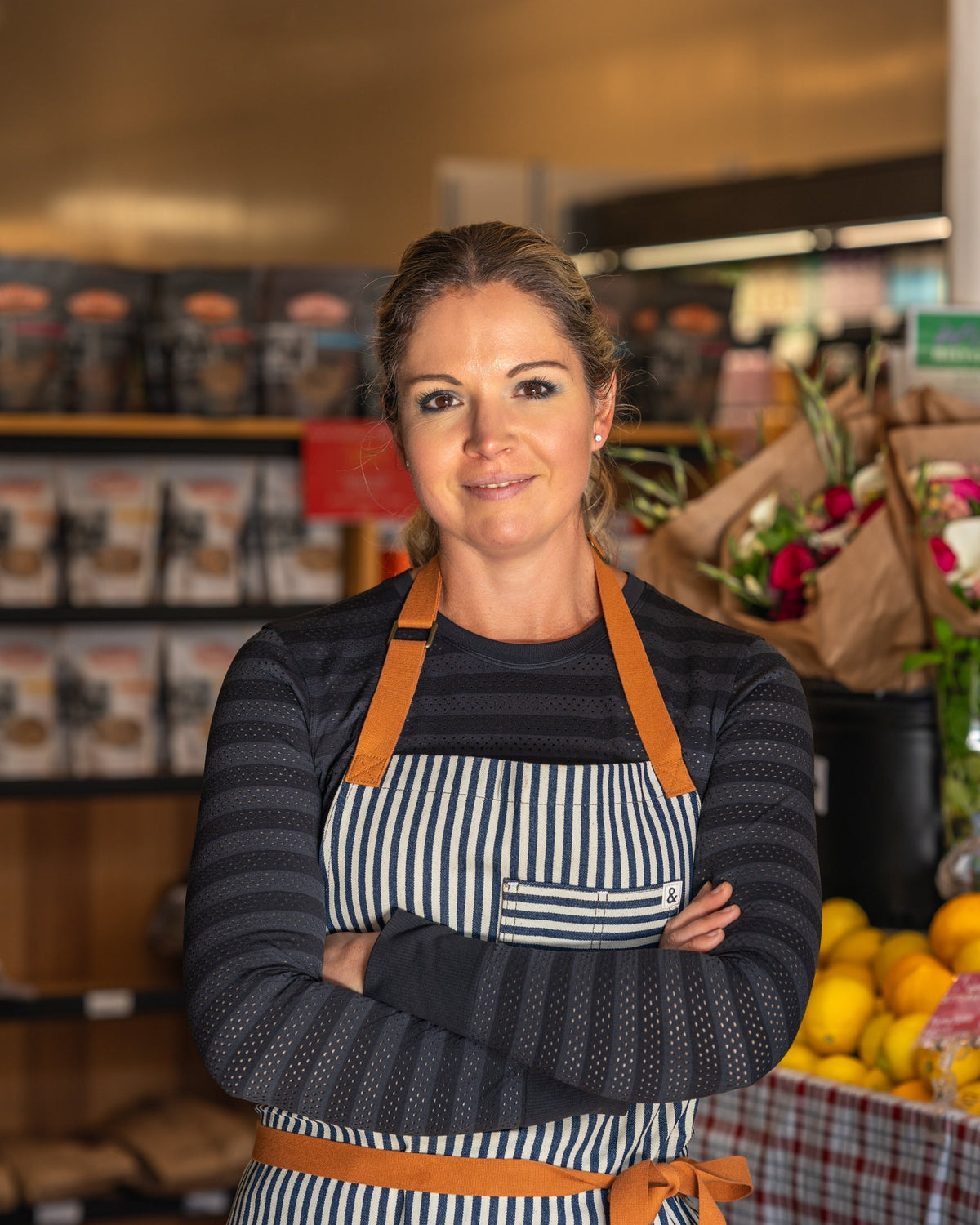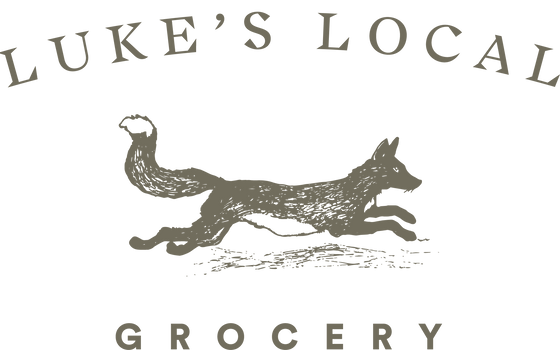Black History Month Spotlight: Sweet Potato vs Squash

Growing up as an African-American child with parents who owned a vibrant restaurant and black-owned catering business, I was often reminded of how well-adored sweet potato pies were within the African-American community. My mom, who happens to also be my biggest critic, like many other mothers, would bake these pies by the thousands year-round. There didn’t need to be a holiday or big event to indulge in a slice of sweet potato pie following dinner.
When I first took a stab at creating my own recipe for this pie (which took months to perfect), I wanted to ensure it was not only an exceptional one but one that would pay homage to the pioneering African-American men and women before me whose first ingredient in their pastry making was “love.” Although you can’t list “love” as an ingredient, you can surely taste it. This final leg of our Black History Journey is dedicated to my mom, my inspiration and love of sweet potato pie.
XoXo, Mom!
Sweet Potato vs. Squash Backstory
As with many other aspects of our country’s culinary history, it turns out that slavery was at the core of the sweet potato's introduction. The rivalry between pumpkin pie and sweet potato pie began with regional differences. After its arrival in North America and Europe via the transatlantic slave trade, the sweet potato thrived in southern states due to the plant’s predisposition for growing in warmer climates.
Some of the first introductions to sweet potatoes were brought by Spanish traders worldwide in the 1600s, including to West Africa. West Africans, accustomed to the textures and flavors of their native root vegetables and starchy yam and cassava, didn’t take to the sweet potato when it was first introduced. Whereas Western Europeans, used to putting sweet fruits as well as savory vegetables in their baked goods, were astounded by this newfound crop. Britons, in particular, are recorded as early as 1747 and documented in cookbooks like "The Art of Cookery Made Plain and Easy," putting sweet potatoes and pumpkins (among other root vegetables) into tarts, pastries, and puddings.
Eventually, wealthy Americans got wind of the newfound culinary fad from across the ocean and wanted in, including those of southern homeowners with plantations. Cooking was a task delegated to enslaved African-Americans, and thus their knowledge of sweet potatoes began. Understanding that the pumpkin took up favor in the Northern states and, due to its profitable yield in Autumn, became widely associated with Thanksgiving by the late 19th century.
Pone and Pie
Before there was sweet potato pie as we know it, there was water pie and pone pie. Water pie was developed by enslaved African-Americans out of pure accessibility to what was available, which at best mostly remained what was left behind. Water pie consisted of eggs, sugar, flour, and water, mixed together and baked in a lard-based crust.
Today, this same pie is considered a “Custard” pie, with the addition of milk or cream, and flavorings like vanilla beans or lemon. Pone pie, a crustless “pudding” essentially, made with sweet potatoes roasted by the fire, smashed with molasses, eggs, and spices, and baked over the same open fire until it had a texture of being “set,” having just a slight jiggle when tapped to ensure it would hold its firmness. Once African-American cooks gained regular access to stoves, a true sweet potato pie became more commonplace on the dessert table, both seasonally and year-round.
— Chef Sam Adams

2 Responses
Kellie Krug
Love this story!
Leave a comment
Also in Luke's Local Blog

Cooking for Chosen Family: Why the Fox Den's Thanksgiving Tastes Like Love
Here's what most people don't realize about cooking for hundreds of families: you start planning the moment you know it matters. And Thanksgiving always matters.
While you were still recovering from New Year's Eve, I was already thinking about your Thanksgiving table. Our Luke’s Local turkey orders are sent to the farmers in January. Yes, that’s how far in advance we start.




Bryan Keith Thomas
February 29, 2024
Chef Adams, your narrative, of your family African-American experience as relates to sweet potato pie was inspiring ( I give thanks to your Mom). I appreciate the historical connection you shared also with the history of the sweet potato pie, and it’s 🥧 cousins.
You are indeed a Master Chef!